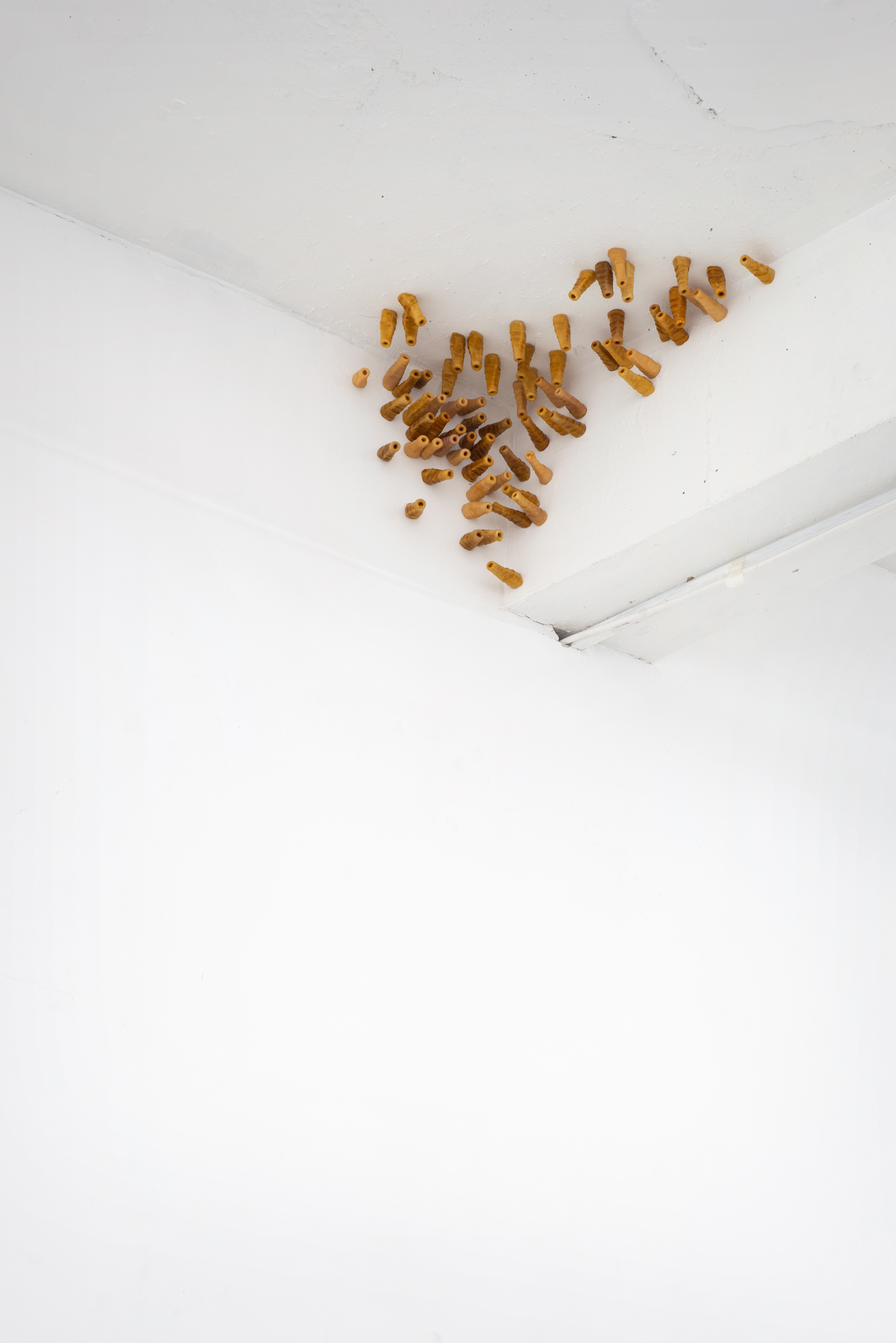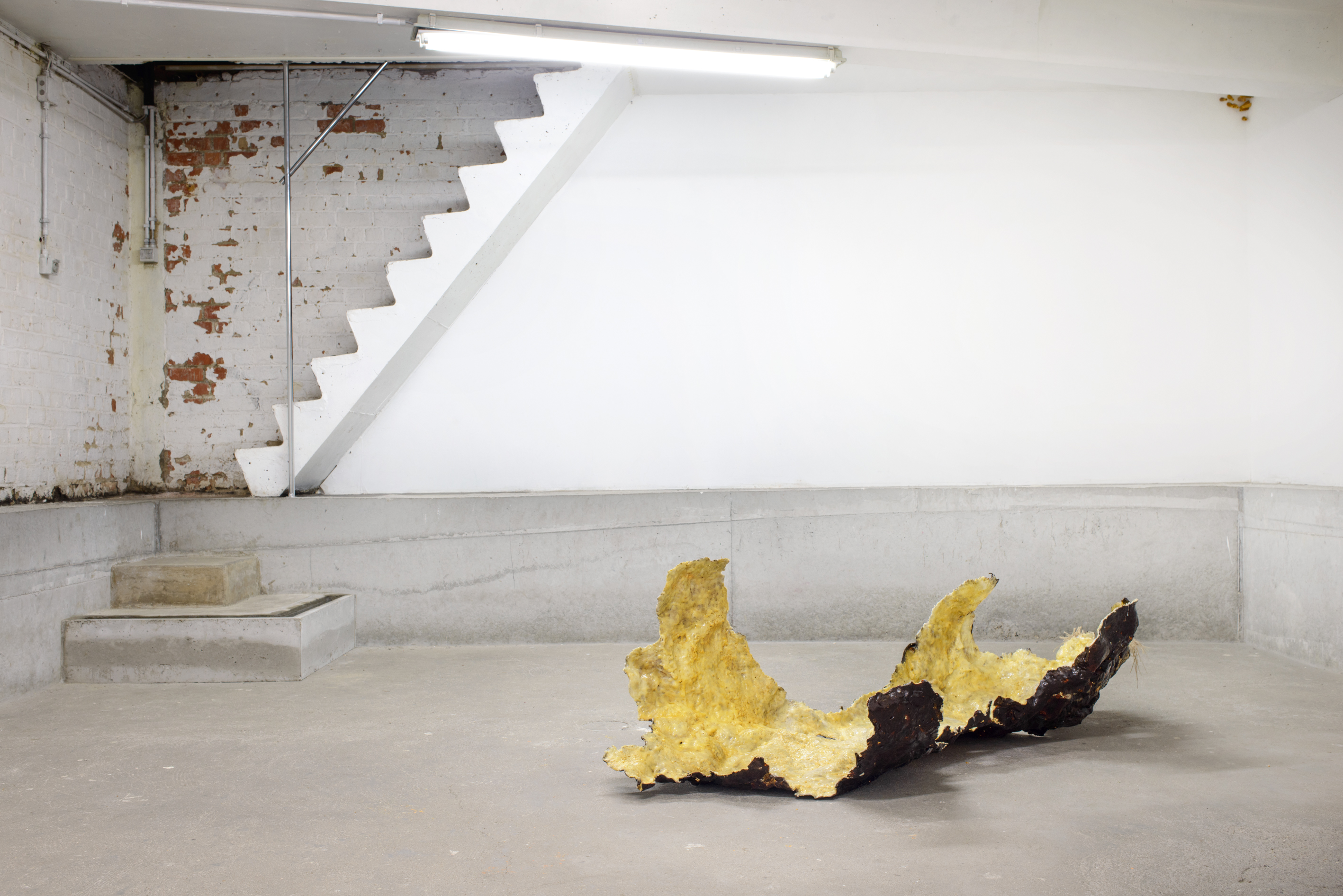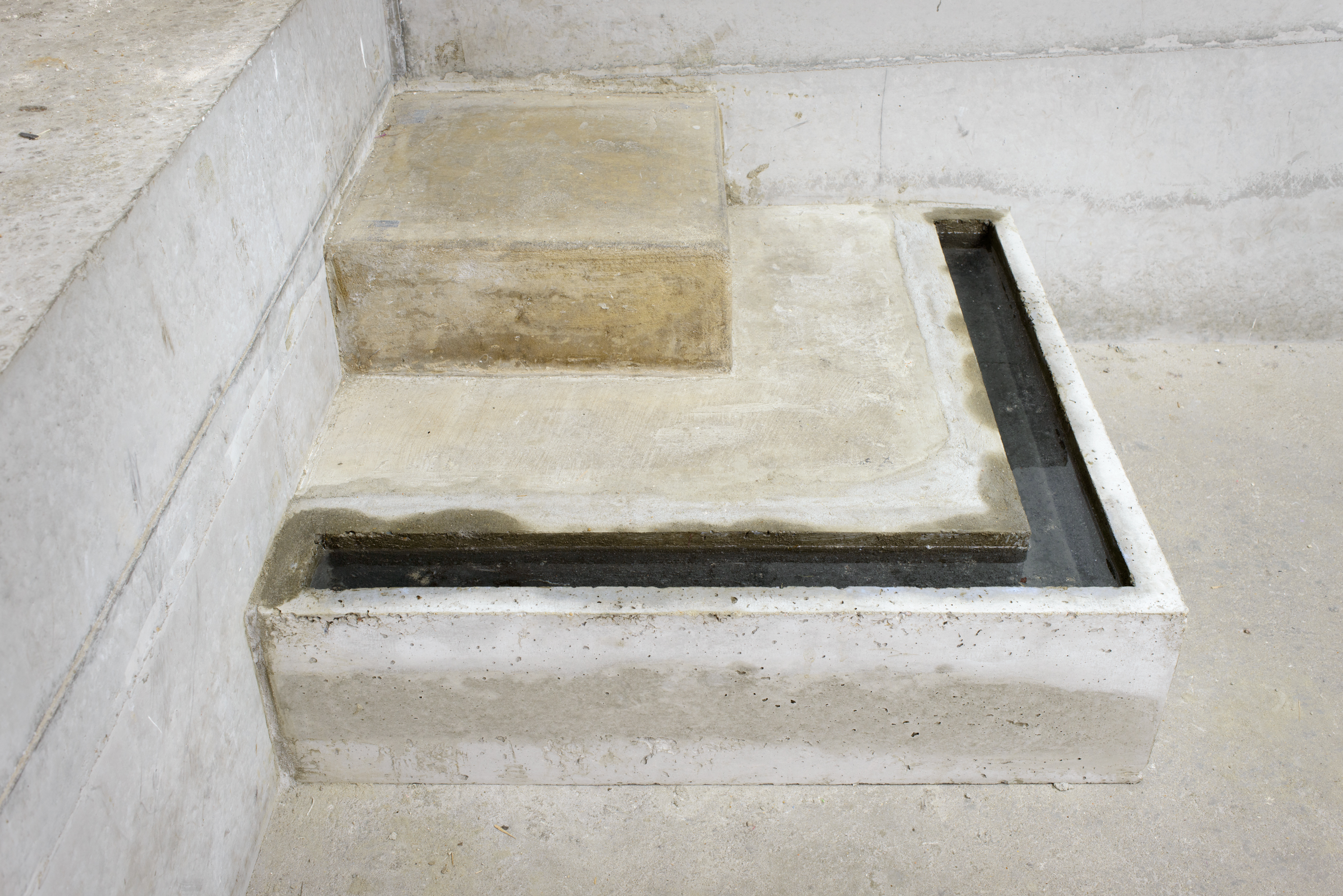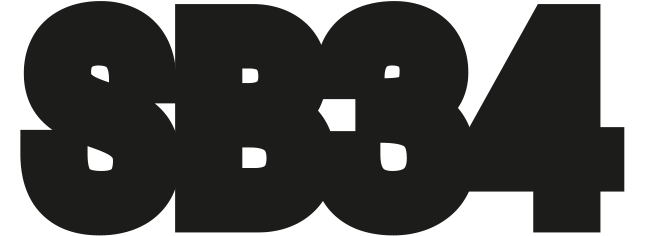










(c) Chantal van Rijt
︎ TEXT
Satellites of Evil
False stars are the sky’s false teeth
The sun false the eyes false
The pool false the quaking earth false
An interest in space and place,
false in a social way
Words false like field mice
and city rats
refractory rodents
purveyors of plague
Truth is but a swarming army of metaphors
You ought to be mothering the shit out of it
From the very earliest times a peculiar magical potency has been ascribed to words woven into rhythmic form. A simple song can be intoned as a spell and a rude chant mumbled as a charm. Rhymes are said or sung accompanied by the beating of a drum, as is still the usage.
Snail, snail,
Come out of your hole,
Or else I'll beat you
As black as a coal.
Snail, snail,
Put out your horns,
I'll give you bread
And barleycorns.
This rhyme is said, or sung, and sometimes the snail is held at arm’s length and swung round. It is the custom, on repeating those lines, to then hold the snail to a candle, in order to make it quit the shell. For its residence the snail scoops out hollows, little rotund chambers, in limestone. This habit of the animal is so important in its effects, as to have attracted the attention of geologists as well as architects. Yet, the rhyme is a boyish invocation to the snail to come out of such holes.
Taupes et mulots,
Sors de mon clos,
Ou je te casse le os;
Barbassoine! Si tu viens dans non clos,
Je te brûle la barbe jusqu’aux os.
Moles and field mice,
Get out of my closet,
Or I’ll break your bone;
Barbason! If you come into my closet,
I’ll burn your beard to the bone.
On the first Sunday in Lent, la Fête des Brandons ou des Bures, the peasant boys walk through the fields and orchards with lighted torches of twisted straw, their utterance of these words emphasised by the loud and discordant noises of cat-calls, the beating of tin pans, the blowing of horns, and other instruments of that so-called callithumpian music. A similar motive has provoked the threat to the snail.
In order to make these kinds of conjurations more effective some particular abode must be assigned to them; it is not sufficient to merely bid them begone. We advise sending them across a river or brook. It’s part of a lingering tradition of their demoniacal character, since, according to a widespread popular knowledge, a water-course is a barrier to hobgoblins and evil spirits.
The Geoponika is a twenty-book collection of agricultural lore, compiled during the 10th century in Constantinople for the Byzantine emperor Constantine VII Porphyrogenitus. It is the only surviving Byzantine agricultural work and it embraces all manner of “agricultural pursuits”, including celestial and terrestrial omina (omens). In the Geoponika the following prescription is given to for getting rid of field mice:
Take a slip of paper and write on these words: I adjure you, O mice, who dwell here not to injure me yourselves nor to permit any other mouse to do so; and I make over to you this field (describing it). But I find you staying here after being warned, with the help of the mother of the gods I will cut you in seven pieces.
That the above-mentioned exorcism is pagan in its origin is evident from the invocation of the aid of Cybele (mountain mother) for the destruction of disobedient vermin. Uniquely in Greek religion, the ancient earth goddess Cybele had a eunuch mendicant priesthood. Many of her Greek cults included rites to the vegetation deity Attis who’s self-castration, death, and resurrection represents the fruits of the earth, which die in winter only to rise again in the spring.
Let’s direct our torchlight to the obscure but fascinating territory of swarm behaviour in lesser-known social insects. Swarm behaviour, or swarming, is a collective behaviour exhibited by entities of similar size which aggregate together, milling about the same spot or moving en masse, migrating in some direction. The pemphigus spyrothecae, or poplar spiral gall aphid, a plant louse, is such a social insect which exhibits apparent altruistic (selfless) behaviours. In spring, this species of aphids has a short window to build their home, a gall.
The spiral gall is formed by thickening, flattening and spiral twisting the petiole (a leaf’s foot) of a Populus nigra (black poplar tree). In parallel to the petiole's shape, a gall forms into a spiral shape of 2 to 3 twists similar to that of the inside of a snail’s shell. The spiral gall is inhabited by the fundatrix, a winged female which was recently cloned by another or has developed from an overwintering egg in a previous hideout. The new gall is her summer palace, set in her land of Cockaigne (luilekkerland) since she lives and breeds from within her food. Still, she needs soldiers to defend the gall from predators. These specific plant lice are eusocial; they’re so extremely advanced in their division of labour that the ones who are designated to become soldiers (the thick-legged larvae) have no ability to procreate, and never become an adult. These boyish soldiers maintain the gall and defend it – often to their death.
Swarm behaviour is a highly interdisciplinary topic. As a term, swarming is applied particularly to insects, but can also be applied to other entities that exhibit this behaviour. Swarm intelligence is the collective behaviour of decentralised, self-organised systems, natural or artificial. Using algorithms, artificial swarm intelligence takes the behavioural studies of its natural counterparts as models and applies swarm principles to robots, called swarm robotics, and artificial life programs. Similar approaches are considered for genetically modified organisms in synthetic collective intelligence. Swarm prediction has been used in the context of forecasting problems.
In the 6th century the publishing and spreading of Copernicus’ book De revolutionibus orbium coelestium libri VI (Six Books Concerning the Revolutions of the Heavenly Orbs), caused a shift from a geocentric to a heliocentric understanding by proving that the sun is at the centre of the solar system. This shift marked the start of a broader scientific revolution that set the foundations of modern science and allowed it to flourish as an autonomous discipline – it subverted the centrality from earth to chemistry.
In alchemy before the Copernican Revolution, the earth was the foundation of all elements and the mother of all, containing within herself the seed of everything mineral, vegetable and animal. By emphatically linking the particulate to the chemical, biological and psychological, this revolution rediscovered the earth, not as mother of life or receptacle of celestial rays, but as a fuzzy and synthetic region of this continuum. Earth itself is therefore not the outcome of a local rhyme, but more of a local recipe that enjoys no synthetic or analytical privilege over the space beyond it.
Chantal van Rijt’s A Plea for the Unpleasant attempts to access a similar spirited cybernetic gestalt in which seemingly disparate elements spiral into a unified whole. A memory pool of earthly cycles and terrestrial feedback in which you can revisit the recapitulation thesis, a process of eating the ancestors in which digestion is never complete, and in which traces - alien insiders - remain, encrypted in pathways into the labyrinth of this chemical continuum.*
*Attempted passwords: The Hatred of Poetry / The Impossible, The Criminal Prosecution and Capital Punishment of Animals, Culinary Materialism.
Text by Timmy van Zoelen
︎ List of Works
Tiny Tube-Dwellers
plaster imprints of a sea snail shell, shellac varnish, 2022
Les Bestioles
secretion of Kerria lacca insects, beewax, plant fibre, 2023
Dinoflagelatta
bio-illuminescent algae, photographic print, 2023
Houses of Louses
enlarged imprints of houses of the spiral gall aphid, plaster, pigment, graphite, 2023
Barrière
concrete, water, 2023
The practice of Chantal van Rijt (°1984, NL) is driven by experimentation. Like a contemporary alchemist, she dives into the material stories of plants, animals and other natural substances. Her subjects are found in the organic realm as well as in the clinical cradle of a laboratory. Protagonists that have made an appearance in her work are, amongst others; woodworms, the sun, the taxus baccata and the earstone of a fish.
With the supports of Fédération Wallonie-Bruxelles, de la Région Bruxelles Capitale/Image de Bruxelles, de la cocof, et de l’Ambassade des Pays-Bas à Bruxelles


